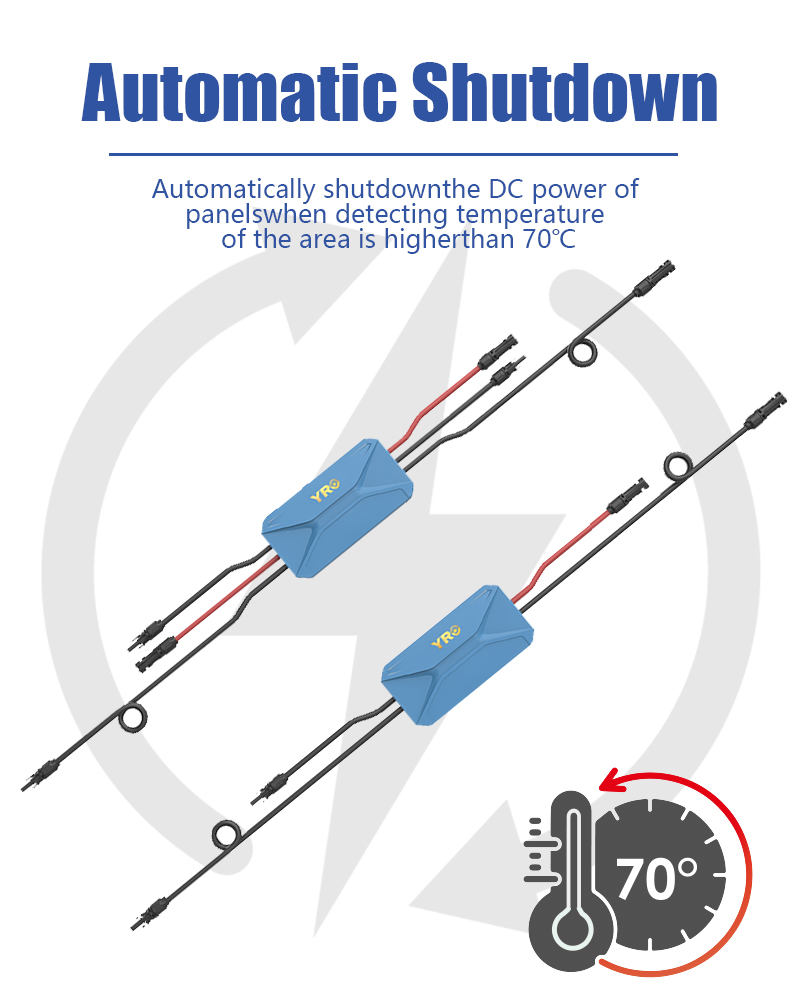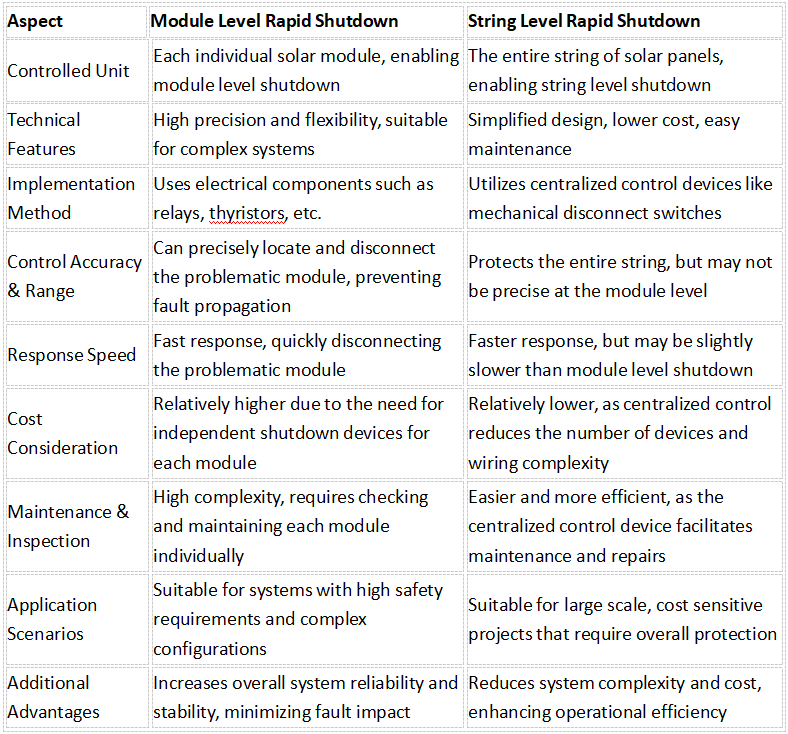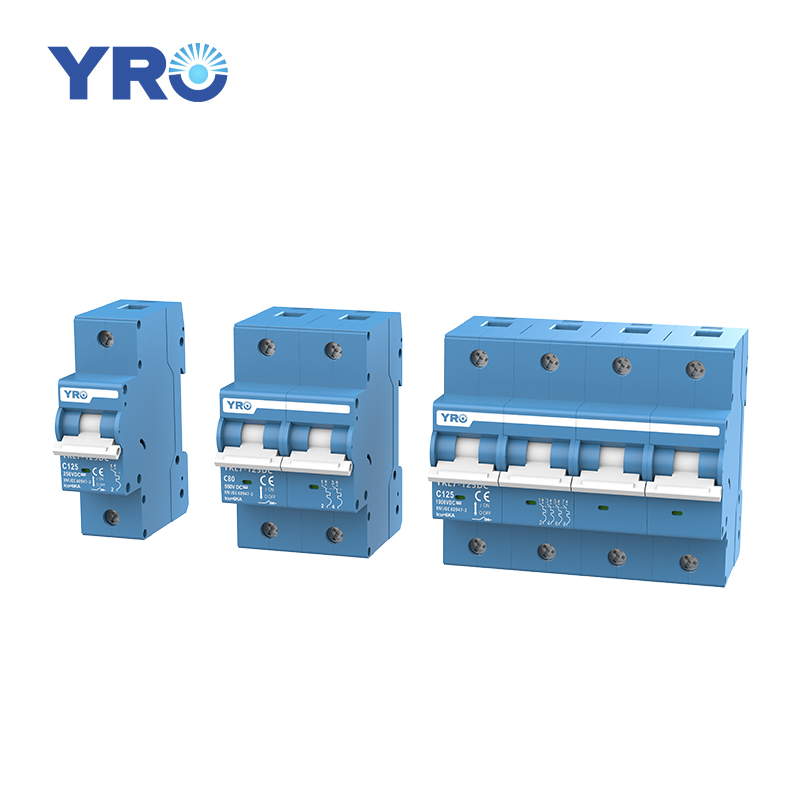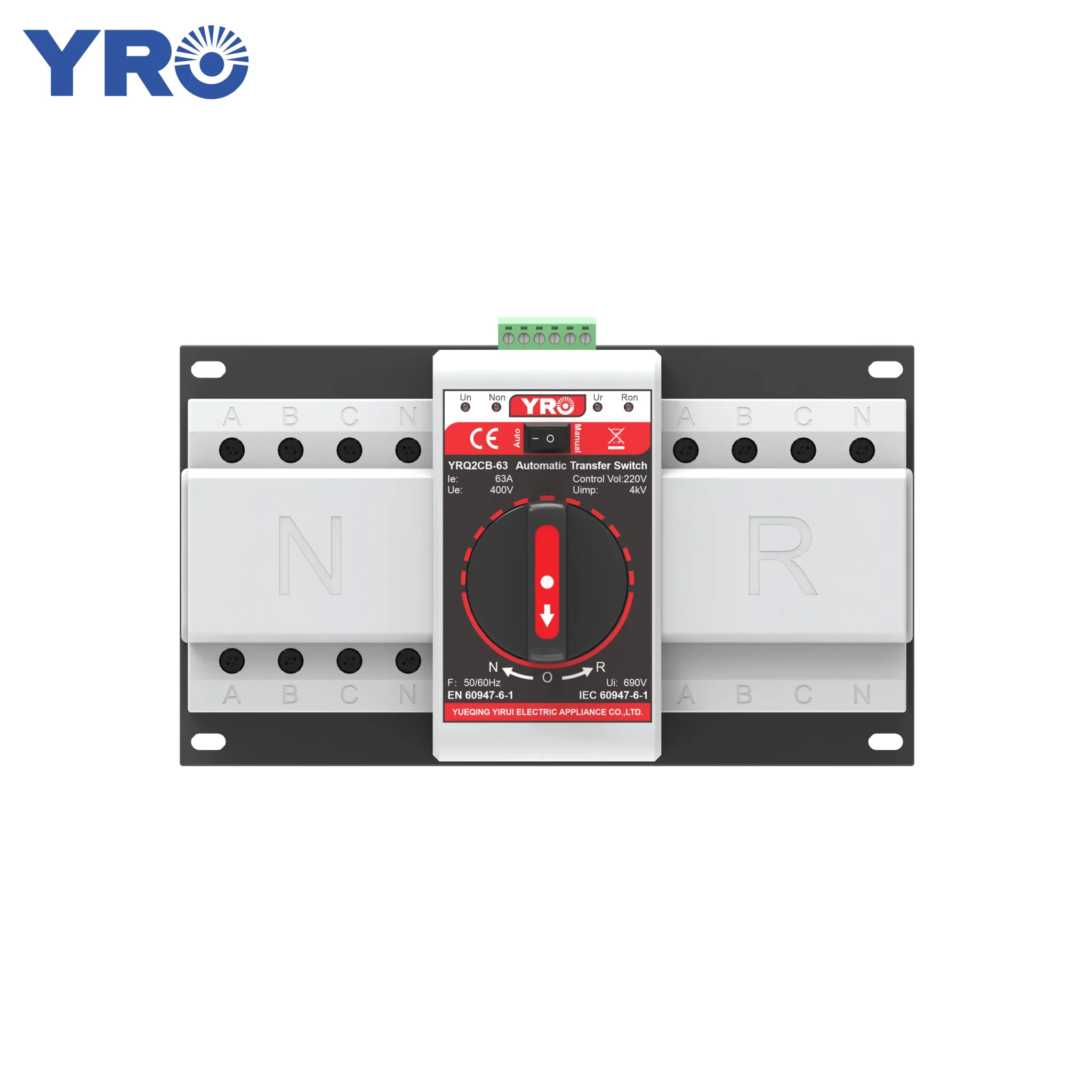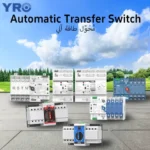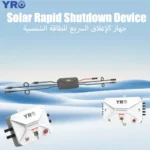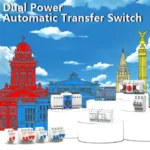In the field of solar power generation, safety is always an important and unavoidable topic. With continuous advancements in technology, module level rapid shutdown has emerged as an efficient and safe method, gradually becoming a crucial solution for addressing the safety risks of high DC voltage in solar power plants.
Module Level Rapid Shutdown: What Are the Shutdown Methods?
1、External Shutdown:
– Control Box Shutdown: This method uses an installed control box to enable rapid shutdown of the solar modules. In emergency situations, simply pressing the button on the control box can quickly disconnect the DC current between the solar modules.
– AC Circuit Breaker Shutdown: Another method involves disconnecting the AC power source to achieve rapid shutdown of the solar modules. This approach is particularly effective in emergencies such as fires, providing a safer environment for rescue operations.
2、PLC Shutdown:
– PLC (Power Line Communication) uses power line carrier communication technology to transmit signals that facilitate the rapid shutdown of solar modules. The advantage of this method is that it does not require additional control wiring, reducing installation costs and enhancing system reliability. However, a potential drawback is that it can be susceptible to electromagnetic interference, which may affect signal reliability.
3、Intelligent Shutdown:
– With the development of IoT (Internet of Things) technology, some solar systems now support smart shutdown methods such as remote control and scheduled shutdowns to achieve rapid module shutdown. These approaches further enhance the safety and flexibility of the system.
What Are the Advantages and Differences Between Module Level and String Level Rapid Shutdown?
Module level rapid shutdown and string level rapid shutdown are essential safety measures for solar power plants, each with its unique features and benefits. Below is a comparative analysis of the two approaches based on multiple aspects:
What Are the Future Trends in Rapid Shutdown?
Module level rapid shutdown technology is constantly evolving as technology continues to advance and application requirements change. In the future, we can expect the following technology trends:
1、Intelligent: Through the integration of IoT, big data, and other technologies, intelligent management and remote monitoring of module level rapid shutdown systems can be realized. This will further improve the reliability and safety of the system and reduce operation and maintenance costs.
2、Integration: The rapid shutdown device and other PV system components will be designed for integrated installation and commissioning. This will simplify the installation process and improve the overall performance and efficiency of the system.
3、Standardization: With the continuous maturity of the technology and the expansion of the scope of application, module level rapid shutdown technology will gradually move towards standardization and normalization. This will help promote the popularization and application of the technology and improve the safety and reliability of the entire PV industry.
As one of the important means of safety protection for PV power stations, rapid shutdown technology has significant advantages and broad application prospects. Through continuous technological innovation and market promotion, it is believed that rapid shutdown technology will play a more important role in the field of PV power plant safety protection in the future.

